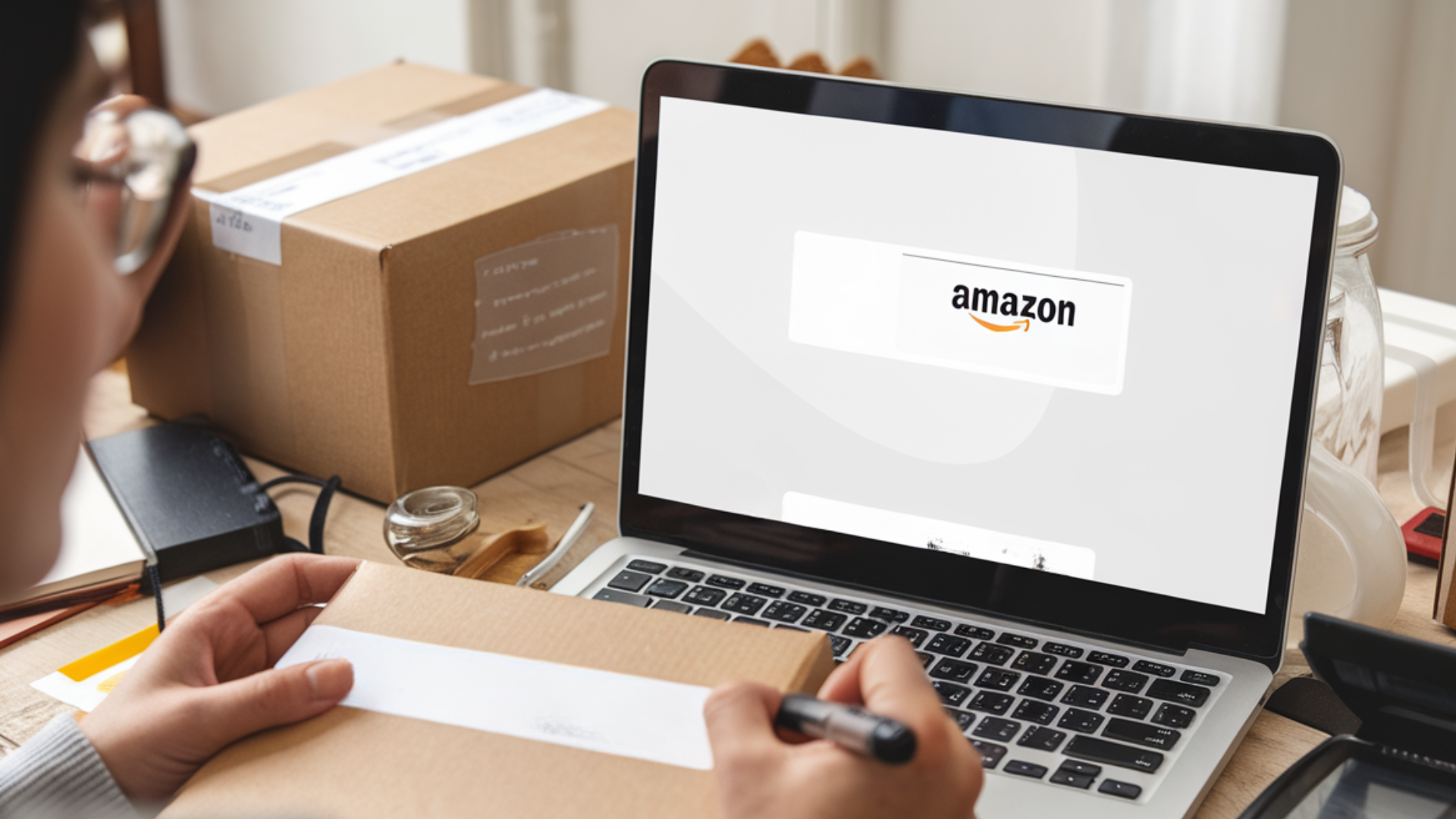When I first started shopping online, I often got confused between a billing address and a shipping address. At first glance, they sound the same, but they actually serve two very different purposes.
The billing address is the one connected to my bank or credit card. It’s what the store uses to confirm that my payment details are correct.
The shipping address, on the other hand, is where I want the package delivered. That might be my home, my office, or even a gift recipient’s place.
If you’ve ever wondered what is a shipping address and how it works, knowing the difference makes checkout much smoother.
Today, I’ll break down what each address means and why it’s important when shopping online.
What’s a Billing Address?
A billing address is the address connected to your credit or debit card. It’s the place your bank or card company has on file for you, often your home address.
Online stores use it to make sure the person using the card is really the owner. When you type in your billing address at checkout, the store checks it against the one your bank has.
If they don’t match, your payment might get declined.
Keeping your billing address updated with your bank is important so you don’t run into problems when making online purchases.
What is a Shipping Address?
A shipping address is the place where you want your order delivered. It could be your house, your office, or even a friend’s home if you’re sending a gift.
Unlike the billing address, this one doesn’t have to match your bank information. Instead, it tells the delivery service exactly where to drop off your package.
Writing the shipping address correctly, with apartment numbers or suite details, helps avoid delays.
If the shipping address is wrong or incomplete, your package could get lost, returned, or delivered to the wrong place. Always double-check it before placing your order.
Billing vs. Shipping Address: The Key Differences

It’s easy to mix up a billing address and a shipping address since they sound similar. But they play very different roles when you’re shopping online.
1. Purpose of Each Address
The billing address is used to verify your payment details with your bank or credit card company. It confirms that you are the real cardholder.
The shipping address, on the other hand, is where your order gets delivered. This can be your home, workplace, or even a gift recipient’s address.
One ensures the payment goes through, while the other ensures your package arrives at the right place.
2. Who Uses the Information
Your billingaddress is checked by your bank and the store’s payment system. If it doesn’t match what the bank has, the payment may fail.
The shippingaddress is used by the seller and the delivery company. They rely on it to get your order from the warehouse to your doorstep. Both addresses matter, but for different parts of the process.
3. What Happens If They’re Wrong
If you enter the wrong billingaddress, your card may be declined, and you won’t be able to place the order.
If you enter the wrong shippingaddress, your package might be delayed, sent back, or delivered to someone else.
Fixing a shipping mistake can be a hassle, while a billing mistake usually just means re-entering your details. That’s why it’s important to double-check both before completing your purchase.
4. Do They Need to Match?
In most cases, your billing and shipping addresses don’t need to match.
For example, you can ship a gift to a friend while keeping your billing address as your home. Some stores may review or hold orders when the two addresses are different, just as a security step.
As long as you enter each one correctly, your order should process smoothly. This flexibility is especially helpful for people who send packages to work or family.
Billing vs. Shipping at a Glance
I’ve found that the easiest way to understand the difference between billing and shipping is to see them side by side. Here’s a quick look:
| Feature | Billing Address | Shipping Address |
|---|---|---|
| Purpose | Used to verify payment details with your bank or card company | Used to deliver your order to the right location |
| Who Uses It | Banks, credit card companies, and payment systems | Merchants, delivery services, and carriers |
| If Wrong | Payment may be declined or flagged for review | Package may be delayed, returned, or delivered to the wrong place |
| Does It Need to Match? | Must match what’s on file with your bank | Can be different (home, office, or gift recipient) |
| Examples | Home address linked to your credit card | Office address, friend’s house, or P.O. Box (if supported) |
Looking at it this way makes it clear, your billing keeps payments secure, while your shipping makes sure the package lands in the right place.
Which Address Determines Sales Tax in Online Shopping?
When you buy something online, sales tax is usually based on the shipping address, not the billing address. That’s because tax is tied to where the product is actually delivered, also called the “ship-to” location.
For example, if you live in one state but send a package to another, the tax rate is calculated using the destination’s rules.
Digital goods and services can be different depending on local laws, but for most physical products, your shipping address decides the sales tax amount you’ll pay at checkout.
Can I Use a P.O. Box for Billing and Shipping Addresses?
Many people wonder if they can use a P.O. Box when shopping online. The answer depends on whether it’s for billing or shipping.
Using a P.O. Box as a Billing Address
For billing, it’s up to your bank or credit card company. Some allow you to list a P.O. Box as your billing address, while others require a physical street address.
Since the billing address is used to verify your payment details, it must match what your bank has on file. If you’re unsure, check your card account settings or update your information directly with your bank.
Using a P.O. Box as a Shipping Address
For shipping, a P.O. Box usually works if your order is delivered by the United States Postal Service (USPS). However, private carriers like UPS and FedEx don’t deliver to P.O. Boxes.
If the store only uses these carriers, you’ll need to provide a physical address. Always check the seller’s shipping policy before entering a P.O. Box to make sure your package can be delivered without delays.
Common Address Errors & How to Fix Them
It’s easy to make small mistakes when entering billing or shipping details, and even tiny errors can cause problems. The good news is that most of these are simple to avoid or fix.
- Swapping billing and shipping addresses: Double-check which form field you’re filling in. Keeping them separate avoids declined payments or wrong deliveries.
- Missing apartment or suite number: Always include unit details to prevent your package from being delayed or returned.
- Typos in street names or ZIP codes: Review your address before submitting; even one wrong digit can cause issues.
- Old addresses saved in accounts: Update saved profiles in your bank, shopping sites, or wallets so orders don’t go to the wrong place.
- Using abbreviations inconsistently: Write your address the same way your bank or postal service expects for smooth processing.
By slowing down and reviewing your details before checkout, you can avoid the most common mistakes. A few extra seconds of care can save you from delays, returns, or failed payments.
Conclusion
Knowing the difference between a billing address and a shipping address makes online shopping much smoother.
The billing address is what confirms your payment with the bank, while the shipping address makes sure your order gets to the right place.
If you’ve ever wondered what is a shipping address and why it matters, it’s because getting it wrong can lead to declined payments or delayed packages. That’s why I always double-check my saved addresses to avoid issues.
With a little attention, you can enjoy stress-free deliveries and shop with confidence.
For simpler guides on shipping terms, delivery options, and online shopping tips, read my other blogs for advice that actually makes things easier.















